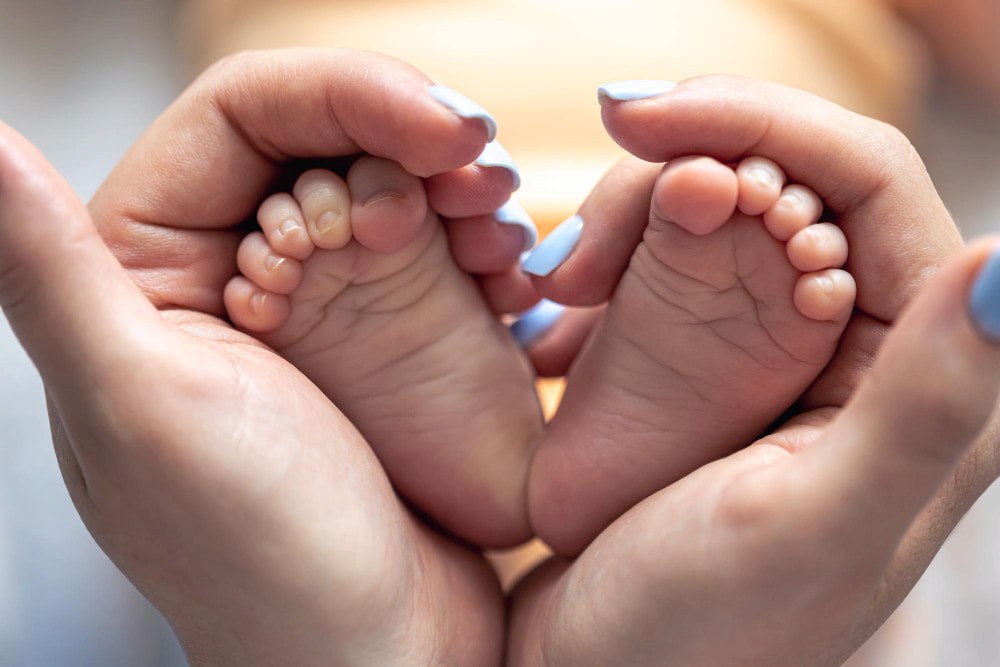WHAT IS HAND-FOOT-AND-MOUTH-DISEASE?
Hand-foot-and-mouth disease is a viral infection most often seen in infants and children younger than 10 years. It is most commonly caused by coxsackievirus A16. Coxsackieviruses are one type of enterovirus.
Despite the similarity in names, hand-foot-and-mouth disease is a completely different infection than foot-and-mouth disease, which occurs only in animals and is caused by another type of virus.
SIGNS AND SYMPTOMS
The signs and symptoms of hand-foot-and-mouth disease include a fever and small but painful sores in the mouth, usually in the back of the throat and roof of the mouth. It also may cause a rash, often with small red blisters, on the hands, soles of the feet, and diaper area, as well as headaches and a poor appetite
WHAT YOU CAN DO
There is no licensed specific treatment available for infections caused by enteroviruses. The most important thing is to ensure hydration via liquid intake. It is okay to treat pain with Acetaminophen or Ibuprofen (if over 6 months of age) to ensure good oral liquid intake if this is decreased.
WHEN TO CALL YOUR PEDIATRICIAN
Call your pediatrician if your child complains of neck pain, chest pain, difficulty breathing, listlessness, or lethargy. Also consult your pediatrician if your child’s mouth sores are causing difficulty swallowing, which may lead to dehydration (dry mouth, crying without tears, decreased urine output).
If you are unable to control pain and oral intake slows down then should call your doctor. Signs of dehydration include dry mouth, crying without tears or decreased urine output. Also call if there is lethargy or listlessness of the child.
PREVENTION
Children and adults should adopt good hand-washing habits to reduce the chances of spreading these viruses. In particular, parents and other caregivers who change baby diapers should wash their hands frequently. When a child becomes ill with an enteroviral infection, she should be kept out of school, swimming pools, and child care settings for the first few days of her illness. Once there is no fever x 24 hours and 24 hours after any new rash appears the child is usually ready to be back in day care or school if they are overall feeling better.

